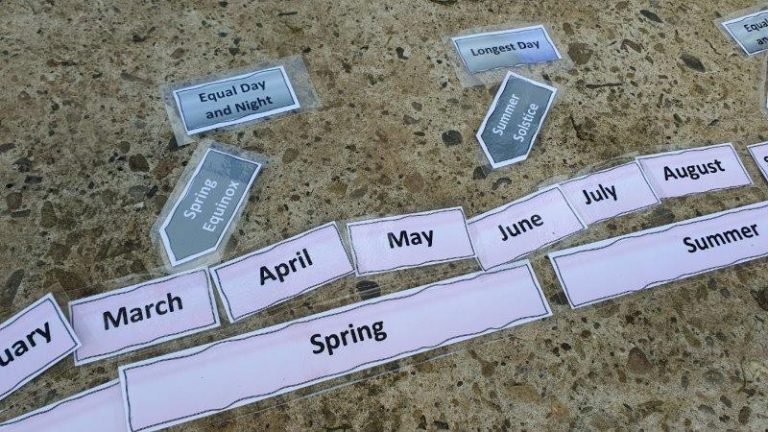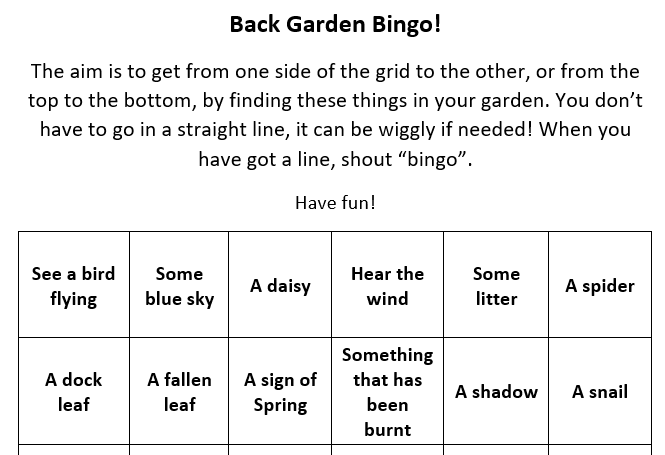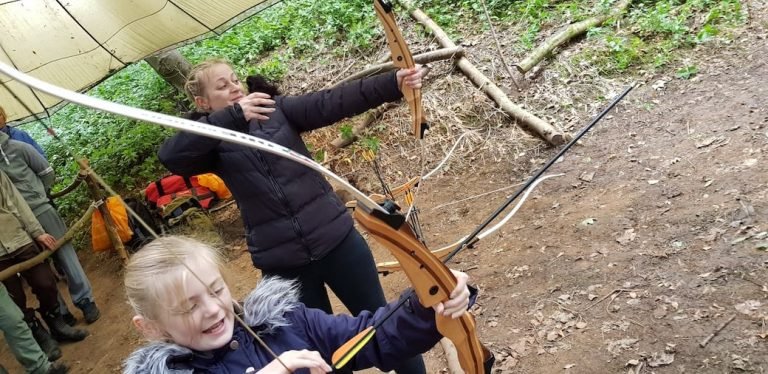Finding North: Avoiding Corona Boredom

Finding North is a fundamental skill in the outdoors. We can use it to avoid chilly winds, to get the warmth of the sun in the morning, to make sure we’re walking in the right direction and to locate ourselves. This is the latest idea of how you can spend half an hour, outside, being inquisitive, researching the topic and engaging young minds and maintaining positive well-being- whilst #avoidingcoronaboredom !
When I say finding North, we also find East, South and West! But North always seems to be the prime direction. Granted, there are some signs that do point straight North, but others indicate the other Cardinal Points!
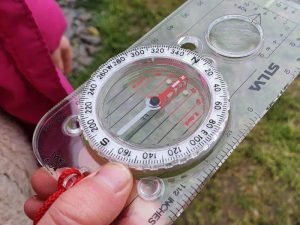
Idea One: consider what we mean by North? Because, there’s actually three Norths! The first is True North- the line from where you are right now- and the North Pole; the second is Grid North- the line upwards from your point, according to the grid system that we use on maps. The trouble with this is that we have overlaid the globe (a sphere), with a 2D grid system- a bit like wrapping a piece of paper around a football! And the third North, is Magnetic North- this is the magnetic mass that is underneath the Earth’s crust that attracts compass needles! Either way, unless you are doing fine and precise navigation, North will be a general direction- rather than an exact bearing!

Idea Two: what can we learn from the sun? People often say that the “sun rises in the East and sets in the West”, and generally this is true- but in the height of summer, when we have log days, the sun rises in the North East, and on the Winter Solstice, the shortest day- the sun rises in the South East; with the sun setting in the North West, and South West respectively. As we are just a week after the Spring Equinox, the sun does rise in the East! One thing that is quite reliable, is where the sun is at midday- it is at its nighest point, and therefore, the shadow it casts will point North! But…, there’s always a but…, as we are now on British Summer Time, midday (as in the, middle of the day, as opposed to 12 o’ clock), is actually at 1pm. So if you’re going to use a sun stick, you’ll need to check it then!
“The sun rises in the East and sets in the West… (right?)”
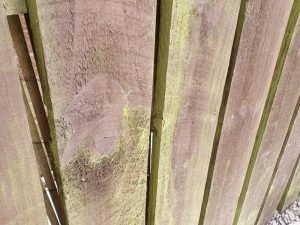
Idea Three: what natural signs can you find in your back garden that we can use to identify North? There is a common conception that moss only grows on the South side of trees- generally this is true, but it is open to some variation. The reason for this that moss, and other lichens, prefer damp areas to grow- with the sun warming, and therefore drying south facing aspects- there’s often not much moss- so if you can see moss or lichen on one side of your house- it’s likely the South facing side!

Idea Four: research how you can find North at night! Finding the Pole Star is the easiest way, and to do this you can locate the Plough, and use the end stars as indicators. See the Stargazing in the Back Garden blog for some more details.
Idea Five: once you have looked for all the natural signs- then, and only then, you can check the direction with a compass- you can either grab one if you have one, or there’s several relatively accurate apps you can download and use!
Hope you are well, and staying healthy. Would love to hear if you are using these ideas, and see some photos of what you have been up to.
See you, Morgan


